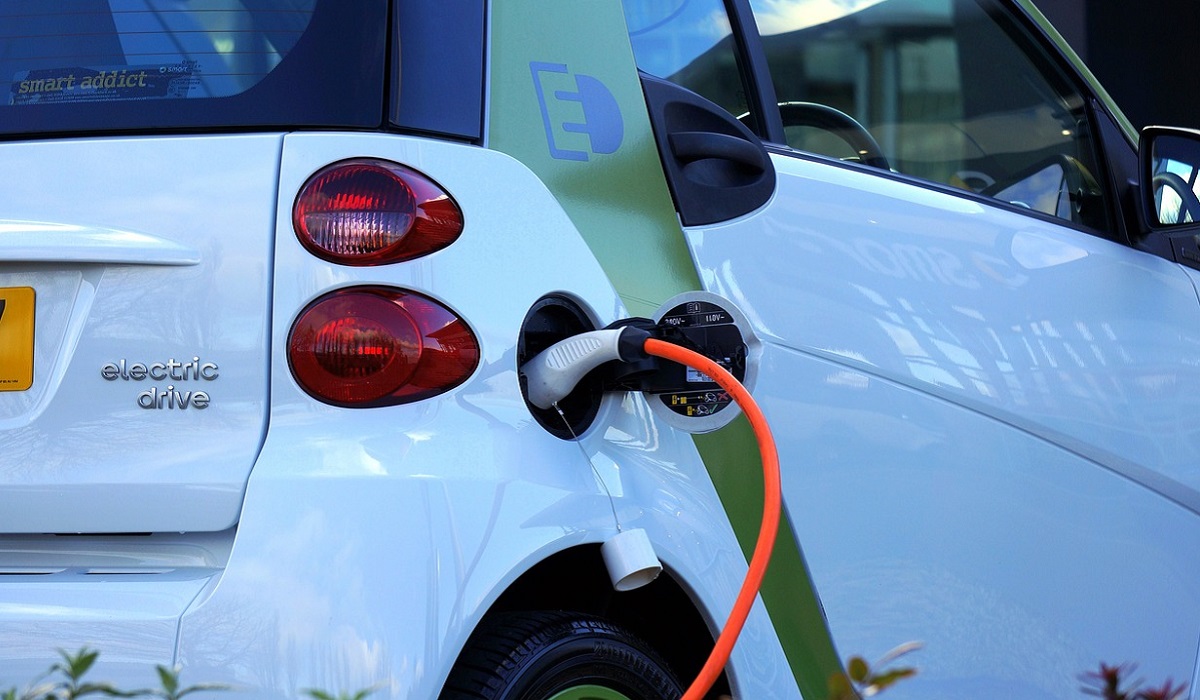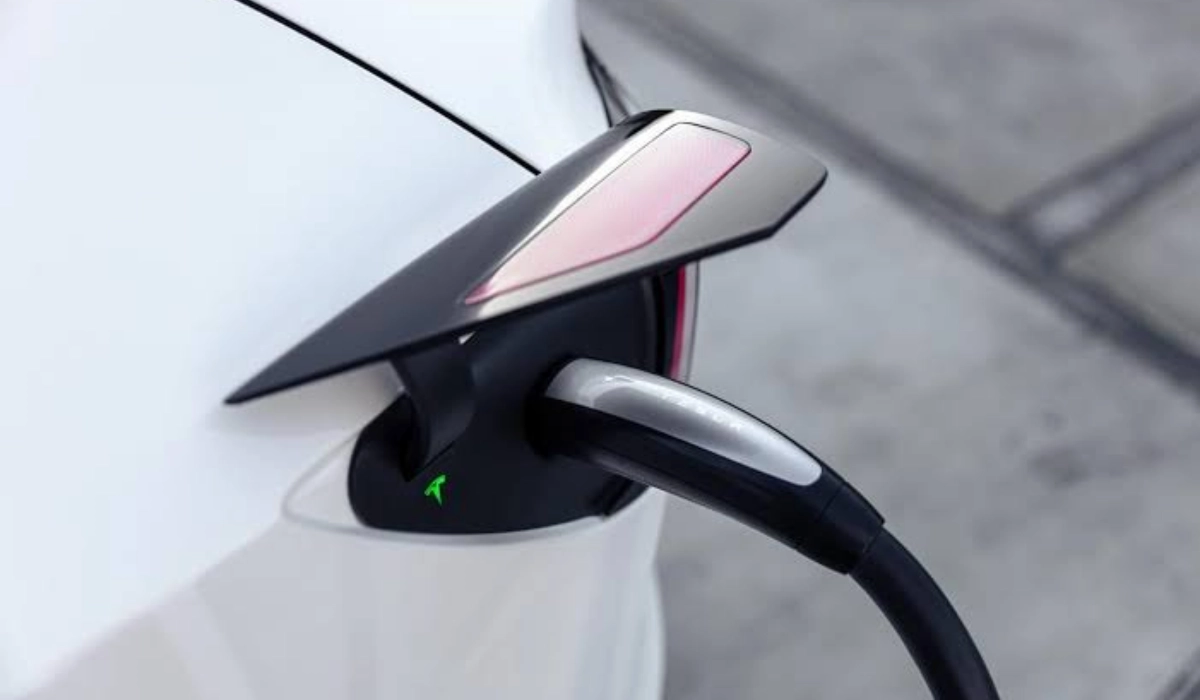Fast charging for electric vehicles (EVs) works differently than fast charging for smaller consumer electronics like smartphones. In electric cars, fast charging is a technology that allows for a significantly faster recharge of the vehicle’s battery, reducing the charging time from several hours to a much shorter duration. The most common fast charging technology used in electric cars is known as DC fast charging.
Table of Contents
How does fast charging work in a car?
Here is a quick and brief rundown of how fast charging works in an electric car:
- DC Fast Charging: Most fast charging stations use direct current (DC) to charge the vehicle’s battery directly, bypassing the vehicle’s onboard charger. By supplying DC power directly to the battery, the conversion process from AC (alternating current) to DC is eliminated, making the charging process much faster.
- High Power Output: Fast charging stations are designed to deliver a much higher power output than standard Level 1 or Level 2 chargers. While Level 1 chargers typically provide around 2 to 3 kilowatts (kW) of power and Level 2 chargers offer up to 22 kW, fast chargers can deliver anywhere from 50 kW to 350 kW or more, depending on the charging station’s capabilities and the car’s compatibility.
- CCS and CHAdeMO Standards: There are three main DC fast charging standards used globally: CCS (Combined Charging System), CHAdeMO, and NACS (North American Charging Standard). CCS is commonly used by European and North American manufacturers, while CHAdeMO is more prevalent among Japanese manufacturers. NACS originally developed for Tesla vehicles but is now gaining wider acceptance. Many modern EVs support both CCS and CHAdeMO standards, ensuring compatibility with a broader range of charging stations, but more electric vehicle manufacturers are also adopting NACS.
- Battery Management: During fast charging, the car’s battery management system plays a crucial role in ensuring the battery’s health and safety. The system monitors the battery’s temperature, voltage, and current to prevent overheating and overcharging, which could potentially damage the battery.
- Charging Time: The charging time during a fast charging session depends on various factors, including the car’s battery capacity, the state of charge, the charging station’s power output, and the vehicle’s compatibility with the fast charging standard used by the station. In general, fast charging can provide an 80% charge in as little as 30 minutes, making it much more convenient for long-distance travel or quick top-ups.
- Charging Infrastructure: The availability of fast charging stations is crucial for the widespread adoption of electric vehicles. Governments, private companies, and EV manufacturers are continuously working to expand the fast charging infrastructure to make it more accessible and convenient for EV owners.

Is fast charging good for electric cars?
Fast charging can be beneficial for electric cars in certain situations, but it also comes with some considerations. Here are the pros and cons of fast charging for electric vehicles (EVs):
Pros of Fast Charging for Electric Cars:
- Quick Recharge: The most obvious advantage of fast charging is its ability to recharge an electric car’s battery rapidly. It can provide an 80% charge in a significantly shorter time compared to regular Level 1 or Level 2 chargers, making it convenient for long-distance travel and reducing charging downtime.
- Extended Range: With access to fast charging stations, EV drivers can confidently take longer trips without worrying about running out of battery power. Fast charging allows for more frequent top-ups during the journey, extending the effective driving range of the electric car.
- Convenience: Fast charging stations are often strategically located at key points, such as along major highways, in cities, or at shopping centers. This accessibility increases the convenience of owning and driving an electric car.
- Increasing Charging Infrastructure: The push for fast charging infrastructure by governments, private companies, and automakers is expanding rapidly, making fast charging stations more widely available.
Cons of Fast Charging for Electric Cars:
- Battery Stress: Fast charging puts a higher load on the EV’s battery and generates more heat during the charging process. Frequent use of fast charging, especially at high power levels, can lead to increased battery degradation over time, reducing the overall lifespan of the battery.
- Limited Charging Speed: Not all electric cars support extremely high-power fast charging. Some older or lower-end EV models may not be compatible with the highest-powered fast charging stations, limiting the charging speed.
- Cost: While the cost of fast charging varies depending on the charging station and location, it can sometimes be more expensive per kilowatt-hour compared to charging at home with a regular charger. This cost consideration may affect the overall cost of ownership for an electric car.
- Energy Grid Impact: Fast charging stations, especially those with ultra-fast charging capabilities, require a substantial amount of power. In some cases, this can put stress on the local energy grid, leading to potential demand management issues.

Which is better in electric cars – fast charging or normal?
As I have pointed out above, fast charging in electric vehicles comes with advantages and disadvantages. Having said that, in terms of practical uses, I would say that fast charging in electric cars is better than normal charging. I will rather have a car that supports a higher rate of charging than one with normal charging.
What is the main advantage of fast charging in electric vehicles (EVs)?
The main benefit of fast charging in electric vehicles is reduced downtime – the ability to top up the car batteries quickly means you can use the car more often and regularly. It spends less time plugged into a power source. This convenience is priceless.